Switchgrass millet – beauty in simplicity
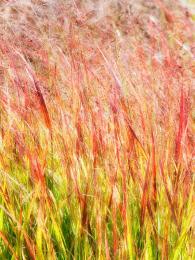
Someone thinks he's handsome garden It is possible to do only with good material income, but someone refutes this by creating masterpieces in their garden from seemingly familiar, unpretentious plants and flowers.
Content:
The ability to create beauty out of nothing is a gift, but if you approach it wisely, view information, videos, clarify the possibilities of your region of residence, put in maximum effort and love, then each of us can create a beautiful garden.
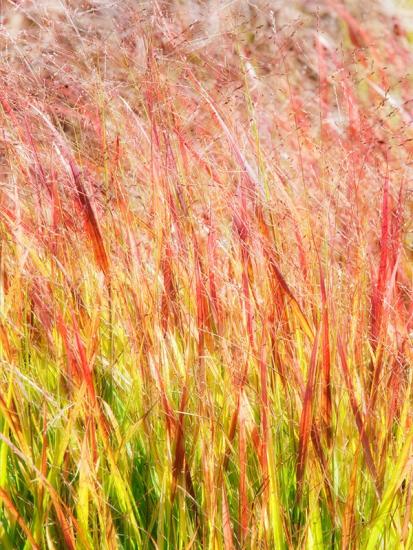
Millet
When we hear the word “millet,” we immediately remember chickens and what they eat, then associations arise with huge fields with ears of grain, and, finally, we think about the cereal from which we make porridge.
Millet has about six hundred varieties, some of them are weeds that bother our summer residents and gardeners, others are forage, and others are food. And there are even energy plants, that is, those that grow quickly and quickly gain the optimal amount of biomass to create cheap biofuel (biogas, which can replace petroleum products, and alcohol).
But breeders have worked and created types of millet that are distinguished by their decorativeness, thanks to their openwork, painted in different tones, panicles and foliage, which can be green, blue and deep purple.
For summer residents, the best option is perennial ornamental millet, as they are durable, beautiful, and easy to grow and propagate.
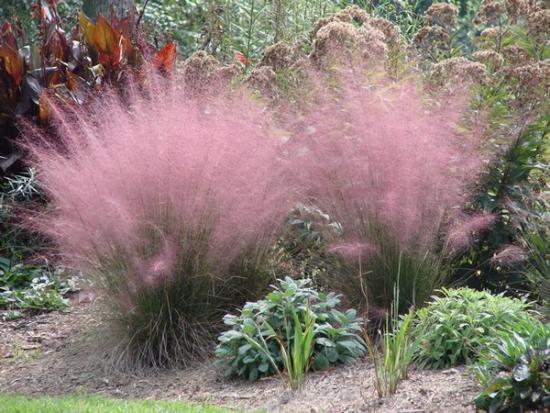
Switchgrass
We learned about switchgrass not so long ago; only at the end of the last century did we hear about interesting varieties of this ornamental grass, which was already widespread in the Western European market.
Panicumvigatum or switchgrass is a perennial millet native to North America; under natural conditions it is found everywhere in vast areas from Mexico to Canada. Essentially it's trash grass, which is capable of creating huge colonies, thereby populating wastelands, forest edges and embankments formed near railways. However, the appearance of millet attracted breeders, and they decided to start sectioning decorative species of this millet.
Switchgrass is a cereal that has a powerful root system that can descend to a depth of more than three meters, which helps the bush to survive for a long time without artificial watering. It is a strong bush, the height of which can vary from ninety centimeters to three meters, very unpretentious and easy to maintain. Any soil, any structure, humidity and acidity is suitable for it. However, in order to get a bush of the color that is presented, it is still worth planting it in a moderately dry area with poor soil, since on rich soils the millet will spike, multiply, grow well, but will not be painted in rich colors.
The best varieties
- Rotbraun or Rebraun is one of the most striking species; the bush is semi-spreading, has a red-brown color, reaches one and a half meters in height.
- Warrior is a bush one and a half meters high, spreading, has green foliage with a reddish tint.
- Strictum is a stable, dense bush up to two meters high with a bluish-green foliage that turns yellow-golden in autumn.
- Rothstralbus is a bush with brown-red foliage up to one and a half meters.
- Heavy Metal is a bush up to one and a half meters with bluish-blue foliage, which is characterized by rigidity, due to which it does not droop; sometimes the tips of the leaves can turn dark red.

Growing switchgrass
You need to plant millet in a sunny area, where the soil is not rich, then those varieties that should have a rich red tint will be so. If you plant it in the shade, the foliage will have a normal green tint. At the same time, those varieties that should have blue foliage should be planted in partial shade, this is where they will acquire their most optimal decorative appearance.
It is necessary to take into account that millet wakes up late, not in hot countries, this happens somewhere in May. Starting to grow, the foliage has a green color, and only from the moment the panicles appear do the foliage and stems and panicles themselves gradually begin to acquire the shade that is characteristic of the cereal variety. And only towards the end of the season does millet acquire its final lush, beautiful, bright appearance. That is why switchgrass is so beautiful in the fall, when it is covered with a slight coating of frost, when everything nearby has already bloomed, it becomes the king of the garden. It does not need to be cut off for the winter; it will remain a decoration of the garden throughout its entire length.
It is not recommended to frequently feed millet, especially since feeding should not be too intense; just two feedings per season are sufficient, one with mineral fertilizers, carried out when the foliage begins to grow, and the other with organic fertilizers, three weeks after the first.
Millet can only be propagated vegetatively, that is, you need to do bush, and this can be done at least once every three years. This should be done at the moment when the leaves begin to grow, in the spring; roots that are too long should be shortened, and the bush itself should be divided into the required amount using a shovel or knife.

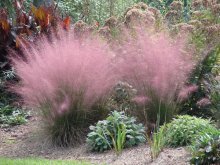
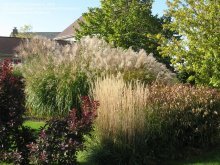


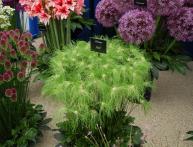
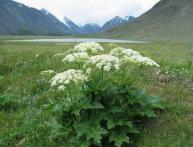
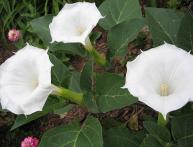
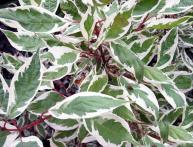
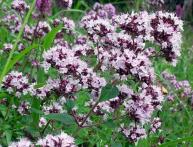
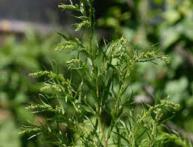
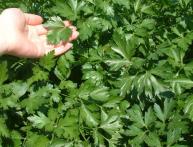
Comments
This is a beautiful variety of garden grass. Decorative millet has a very soft and delicate stem. There's just one drawback. It loves to self-propagate and sows anywhere. And other plants may suffer from this.
Nowadays, sometimes you come across such beautiful herbs for decorating areas, just a sight for sore eyes! You look at them and are amazed - it seems like just grass, but how interesting and unusual it looks!